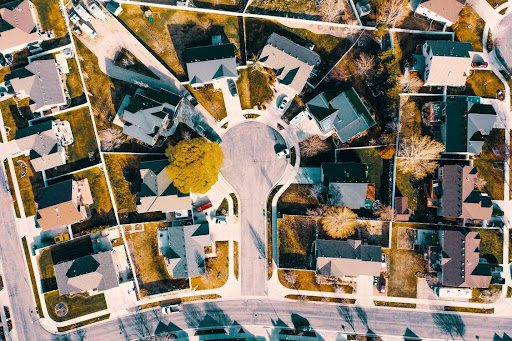Finding quick and effective ways to finance real estate investments continues to be a growing challenge as interest rates rise and conventional lenders become warier of a plateauing market. However, there are several profitable deals you can still make. Flipping houses is one of the most reliable property investments for savvy real estate buyers, and bridge loans might just be your ticket to financing house flipping and growing your real estate portfolio.
Here’s everything you need to know about why bridge loans might be your best option for financing your house flipping plans!
The Cost of Flipping a House
House flipping, also known as fix and flip, is undoubtedly one of the most lucrative investments in the real estate world. However, contrary to popular belief, it does not just involve purchasing a property, fixing it, and selling it for a profit. Flipping real estate requires significant investment. When opting for a fix and flip project, you should consider your financial capability and loan options.
After all, financing house flipping is no joke. You will need not only money to buy the house, but also the additional amount for renovations, taxes, property utilities, insurance coverage, etc. Then, you will need to find a reliable lender to help you finance the house. The lender might even ask you to show proof of previous house flipping success. Some lenders might even charge higher interest fees.
With that said, your best bet of finding financing for house flipping may be a bridge loan.
What Is a Bridge Loan?
A bridge loan, also known as a fix and flip loan, swing loan, or gap financing loan, is a short-term loan that offers you the working capital you need to meet the immediate financing for your fix and flip project. Typically, the term of this type of loan is for 12 months or less, and you can obtain it in a matter of days. All you need to provide is collateral as the underwriter to back your loan.
It can also act as a temporary fix to help you between one real estate transaction and the other. You can use this type of loan for financing a new fix and flip home before selling the already fixed property you have. A bridge loan will essentially help you with financing a new project.
What makes a bridge loan a really good option for financing house flipping is that the collateral of your loan can be the projected value of your renovated property. You can base the amount you borrow on the after-repair value or base it on the loan-to-cost ratio. Let’s explore the two:
After-Repair Value (ARV) Bridge Loans
An after-repair value bridge loan is appropriate for properties whose value will increase exponentially, as much as 50% to 100% of the purchase price, after their renovation. Lenders typically cap an ARV bridge loan at around 65%-70% of the property’s projected after-repair value.
For instance, if your property costs around $150,000 and the rehab expense is about $50,000, it will bring the total investment to make the property profitable to $200,000. Now, you have done your research, and you are projecting the property will easily go for $300,000.
The lender you choose will conduct their own research to determine in your calculations are appropriate and whether your selling price is realistic or not. If their findings corroborate yours, it will agree to give you a loan that’s 65% of the after-repair value, i.e., $195,000. It means you will only have to pay $5,000 for the renovations. If you sell the property for $300,000, you will have made a significant profit.
Loan-to-Cost (LTC) Ratio Bridge Loans
A loan-to-cost ratio bridge loan is appropriate for real estate that you cannot expect to sell at a 50% to 100% profit margin. Depending on the market, a lender might be prepared to underwrite the acquisition and renovation loan-to-cost ratio loan of 75% to 80%.
For instance, if you have found a property that costs $125,000 and will have to spend $45,000 on renovations, your research suggests it will go for $210,000 after the rehab. Your lender might offer you a loan of $127,500. It means you will have to find the remaining capital of $42,500 yourself. If you are able to sell the renovated home at your asking price, you will make a $42,500 profit.
Choose Reliable Lenders
When selecting fix and flip or bridge loans as a beginner, you need to research different lenders, compare the upfront fees, study different loan restrictions, and more. You should also research the different services lenders offer during the application process, the application method, and the loan requirements. The finest fix and flip lenders have made the traditionally tiresome lending process simple, efficient, quick, and seamless.
The Bottom Line
Now that you understand bridge loans for beginners, you can consider house-flipping as a lucrative real estate investment. However, before you dive into the real estate industry, you must consider your financing options for house flipping and the total costs of your project. Similarly, if you are an old player in the house flipping industry, it might help to explore your options and give fix and flip loans or bridge loans a try.
Does bridge lending sound like a solution to financing your next house flip project? You can learn more about Bridge loans and reach out to us for a discussion of your next project.

